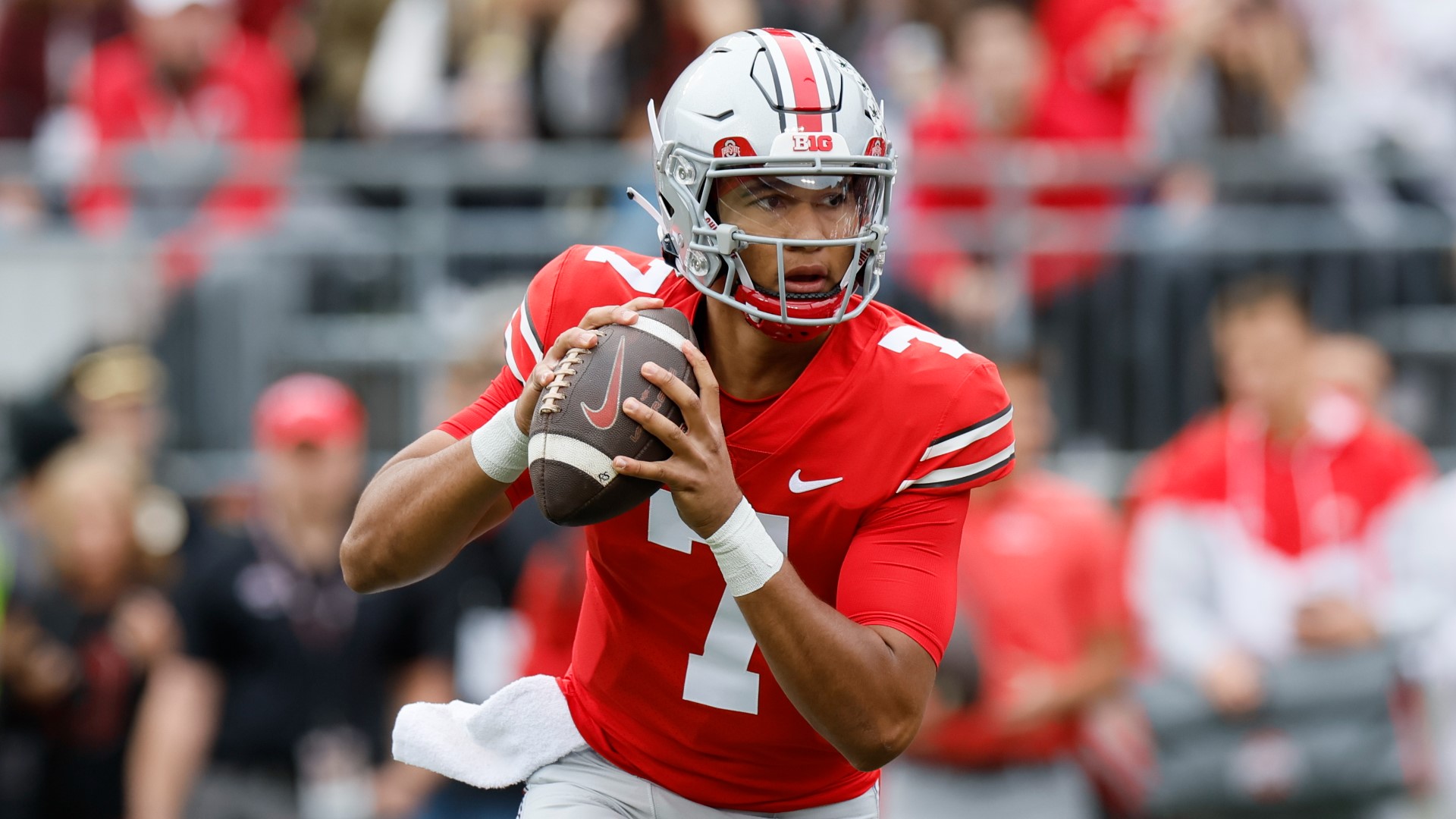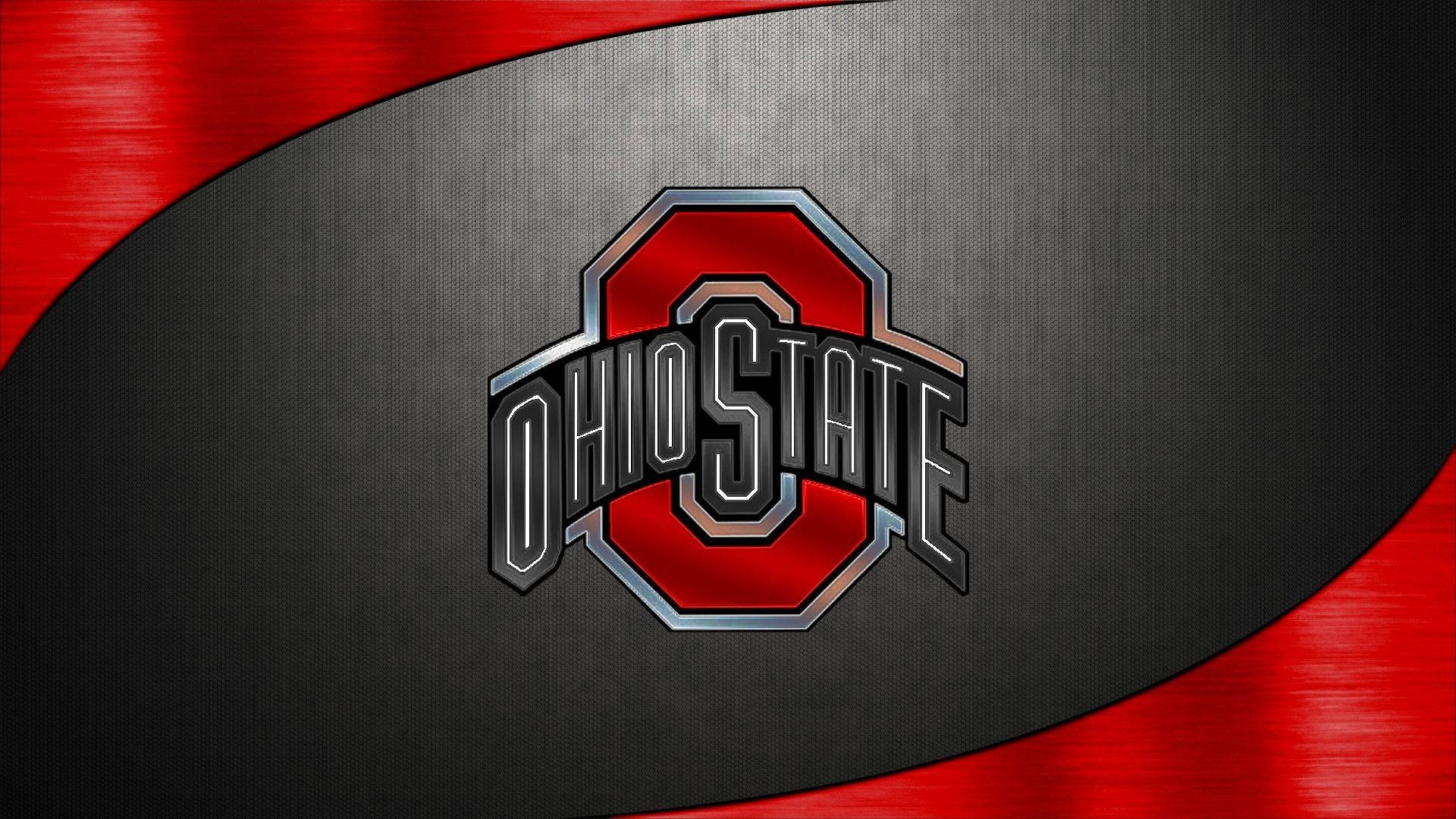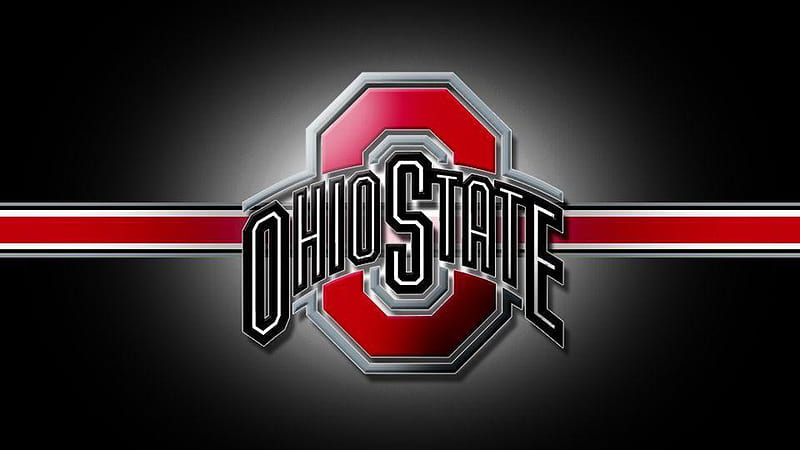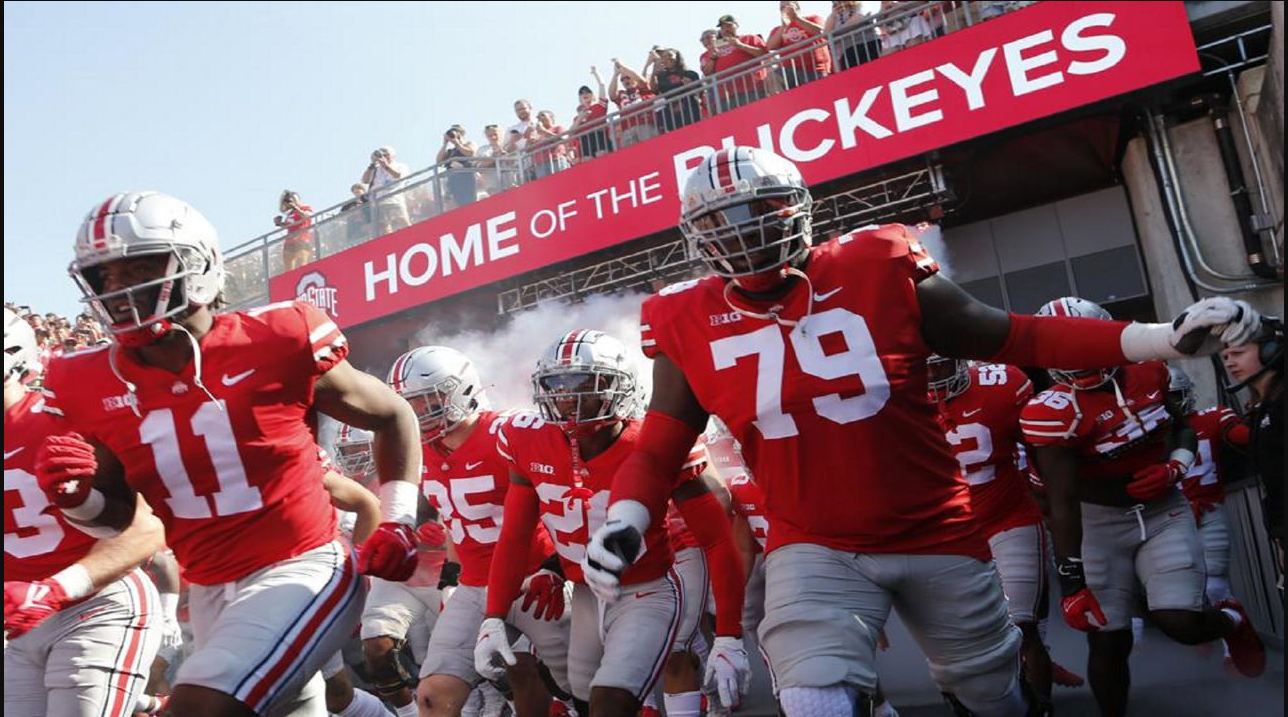
The Ohio State Buckeyes opened the year with a solid win, albeit not a blowout at Indiana last weekend. As they turn their attention to Saturday’s game against Youngstown State, Ryan Day has a number of pressing questions that need answers soon.
America’s auto industry is facing a historic challenge.
The United Auto Workers contracts expired at 11:59 pm ET on Thursday. The contracts covered 145,000 UAW members at the three companies:
Jeep, Ram, Dodge, and Chrysler automobiles are produced in North America by General Motors, Ford, and Stellantis.
The union said it has begun targeted strikes against three facilities, one at each company, in the event that no agreement is reached before the contract expires.
Here’s what to know now that the strike has begun:
Which plants are on strike?
Workers at three plants—a GM plant in Wentzville, Missouri; a Stellantis plant in Toledo; and a Ford plant in Wayne, Michigan—are scheduled to go on strike, according to UAW President Shawn Fain. Workers walked off the job there, picketing outside the plants Friday morning.
These three plants being out will stop production of some specific vehicles, including the Ford Ranger pickup and Bronco SUV, the Jeep Wrangler and the Chevrolet Colorado pickup.
However, even if only a small number of plants were hit, the effects might have been far more widespread.
The companies operate a complex network of plants that depend on getting parts from different facilities.
Slowing or stopping the production of a few engine or transmission plants at each company could be as effective at stopping operations as a full strike at all plants, according to industry experts.
One engine or transmission location per company might be enough to shut down nearly three-quarters of the US assembly plants, said Jeff Schuster, global head of automotive for GlobalData, an industry consultant.
“Two plants per company, you can pretty much idle North America,” he said.
Halting the companies’ assembly lines would likely happen in less than a week that way, Schuster said.
One advantage of a targeted strike for the union is the potential to save resources and extend a possible walkout. Striking union members are eligible for $500 a week from the union’s strike fund.
If all 145,000 UAW members among the three automakers were to strike at the same time, it could cost the fund more than $70 million a week, draining the $825 million fund.
With targeted strikes, it’s possible that the companies will shut down operations and lay off members who are not technically on strike.
That could make them eligible to receive state unemployment benefits rather than strike benefits, which could preserve the union’s resources.
Strikers are not eligible for unemployment benefits, but workers who are on temporary layoff can receive the benefits, which differ by state but would be less than the union’s $500 strike pay. Certain states also have legal concerns regarding unemployment benefits eligibility.
An official with Ford told reporters Thursday that under state law, workers in Michigan and Ohio were not eligible to receive unemployment benefits if they were laid off due to lack of parts at their plant caused by a strike.
There are some other states, such as Kentucky and Tennessee, where they would be able to receive unemployment benefits, according to the officials.
But the companies said any worker laid off because the strike disrupted operations at their facility would not be eligible for so-called “sub-pay,” which they typically receive during temporary layoffs.
Sub pay is much more lucrative, making up the majority of the difference between regular company pay—which can reach close to $1,300 per week—and unemployment benefits, which are typically less than $300 per week.
The union has promised to fight for the benefits that the fired members are entitled to.
Where do negotiations stand?
According to all three companies, starting with a 10% raise at the beginning of the contract, they are now offering a 20% raise.
The union initially demanded a 20% raise right away, along with four more raises of 5% each over the course of a four-year contract.
And all the automakers issued statements saying they want to reach tentative labor deals to end the strikes as soon as possible.
GM CEO Mary Barra sent a letter to employees Thursday saying the company’s latest offer now include a 20% raise, with an immediate 10% pay hike.
The lower paid temporary employees would get $20 an hour, which represents at 20% raise from current $16.67 an hour they receive.
“We are working with urgency and have proposed yet another increasingly strong offer with the goal of reaching an agreement tonight. Remember: we had a strike in 2019 and nobody won,” she said in the letter.
Ford CEO Jim Farley told CNN the offer from Ford of a 20% raise over the life of the contract is the most lucrative offer the company has made to the union in the 80 years it has been there.
But he said meeting the union’s demands of close to a 40% raise, along with a four-day work week and other benefit improvements, would have been unaffordable.
Farley blamed the union for the lack of progress in negotiations. But the union has blamed the companies for waiting until the end of August or early September to make their first counteroffers.
The union came up with the 40% raise request based on the increase in the pay of CEOs at the three automakers over the last four years.
Ford CEO pay rose 21%, from $17 million for Farley’s predecessor Jim Hackett in 2019, to $21 million for Farley last year. (Farley is the lowest compensated of the three CEOs.)
The union has continued to insist that the auto companies can all afford to meet their demands because of their record or near-record profits.
“The cost of labor for a vehicle is 5% of the vehicle,” Fain told CNN while on a picket line outside Ford’s Michigan Assembly plant in Wayne, Michigan.
“They could double our wages and not raise the prices of vehicles, and they would still make billions of dollars. It’s a lie like everything else that comes out of their mouths.”
Anger mounts, particularly at Stellantis
Stellantis is making greater use of lower-paid temporary workers than the other automakers. Eliminating, or at least limiting use, of temporary workers is a major issue for the union.
And there is still more anger at Stellantis than at other automakers after former executives of the company were caught giving bribes to former union officials, noted Art Wheaton, director of labor studies at Cornell University’s Industrial and Labor Relations school in Buffalo.
Many of the members who are angry at the corruption scandal that resulted in two recent UAW presidents going to prison are angry with Stellantis as well.
A promise to prevent corruption within the union was one of the major issues in the campaign that Fain waged to become the first popularly elected union president five months ago.
Fain also once worked for Chrysler, the Stellantis predecessor, and was involved in contentious labor negotiations with the company even before he was elected president.



